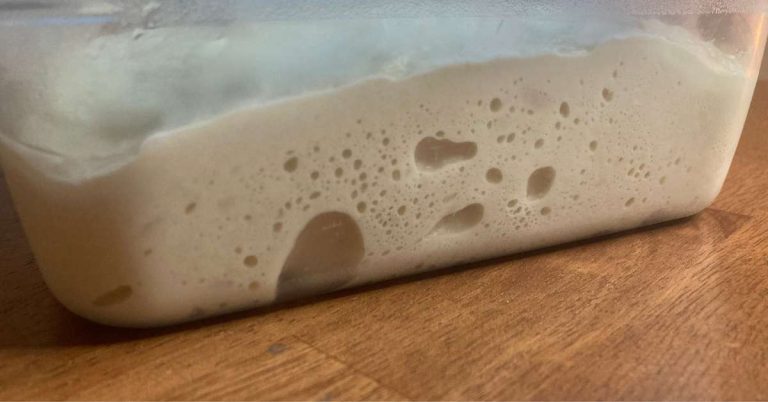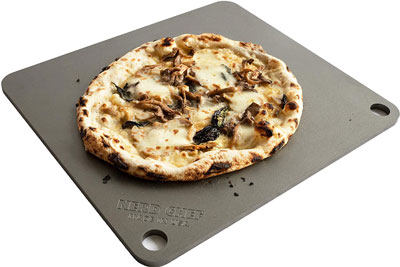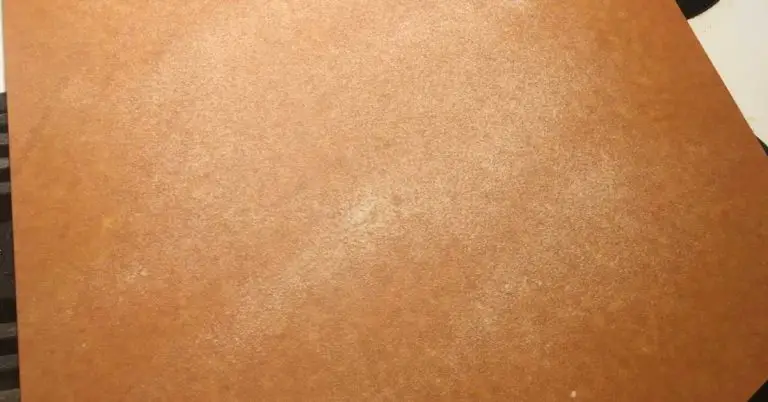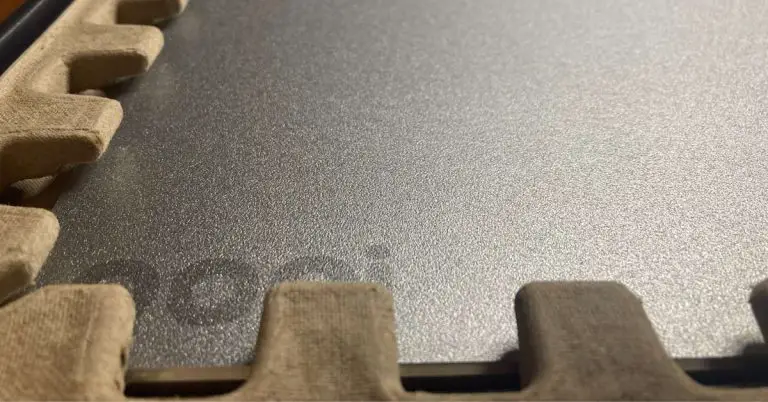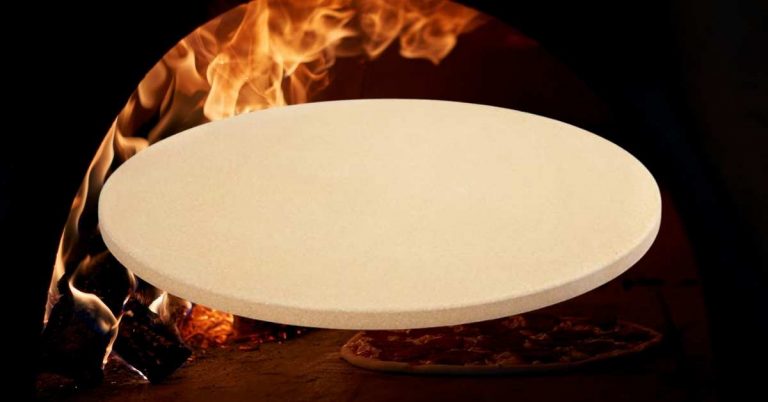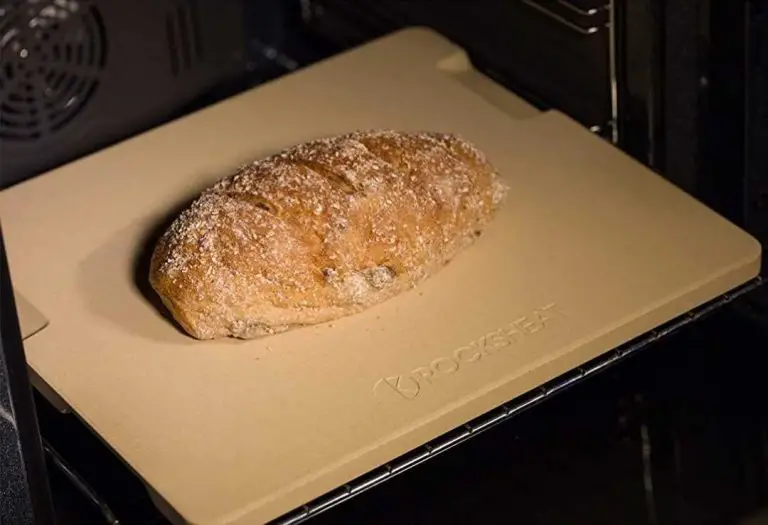Is A Pizza Steel Worth It? Yes, Here’s Why
Pizza steels have changed the game when it comes to making pizza in a home oven, but compared to pizza pans and stones, they can be relatively expensive. Is a pizza steel worth the price? To put it simply: yes.
A pizza steel is worth it because it emulates many of the qualities of a professional pizza oven for a fraction of the cost. The benefits of a pizza steel are numerous, namely, a flat, highly conductive baking surface that quickly crisps the underside. This helps to avoid the pale, under-cooked crust common with so many homemade pizzas. Unlike a pizza stone made of ceramic or cordierite, a pizza steel conducts heat better and stays hotter longer.
Bottom Line: A pizza steel is worth the cost because it produces a superior crust for less than the cost of a pizza oven. The pizza steel I recommend is the 14″ Baking Steel Original, priced at $119, or the 13 inch Ooni Pizza Steel 13, priced at $99.
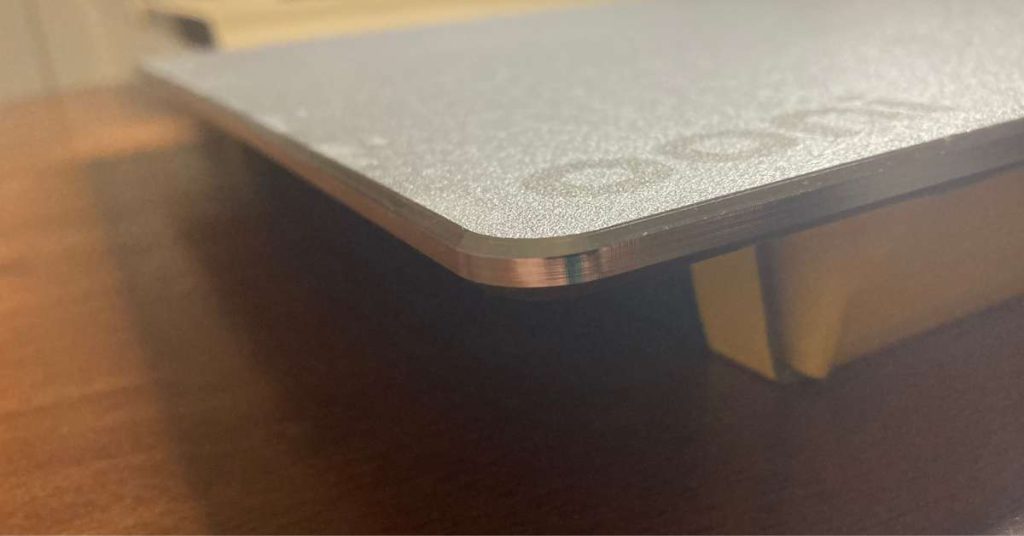
What Is A Pizza Steel?
A pizza steel is essentially a wide, flat, highly conductive sheet of steel that’s specifically used to cook pizza and breads in a home oven. Also known as a baking steel, a pizza steel is widely regarded as the best way to cook authentic, high-quality pizza without a professional pizza oven.
One of the benefits of using a pizza steel is its highly conductive surface that absorbs heat and is able to reach temperatures of over 500F in a conventional home oven. This super hot surface allows pizza to cook quickly and thoroughly resulting in the kind of crispy on the outside and soft in the middle crust we all love.
Why Use A Pizza Steel? It Emulates A Pizza Oven
Compared to other kinds of ovens, a pizza oven is extremely hot—sometimes reaching temperatures of 1000F, or up to twice as hot as conventional home oven. But it’s not just the hot ambient air that makes a pizza oven so special, it’s the scalding temperatures of its stone (or steel) baking surface.
Unlike a regular oven, a pizza oven offers several advantages. One of these advantages is having a solid baking surface, compared to the open racks commonly found in conventional ovens. A solid baking surface allows a pizza to be cooked directly on the hottest surface of the oven instead of relying on cold pans or baking sheets, which block heat and prevent the underside of the crust from browning effectively.
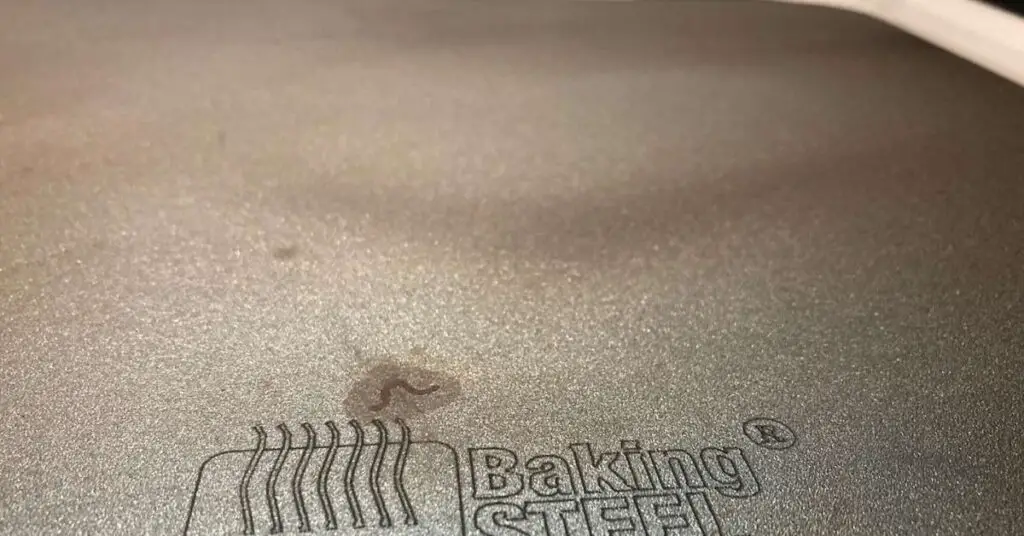
This is the primary benefit of a pizza steel—a solid surface on which to launch your pizza. In addition, a pizza steel (when preheated) is actually hotter than the ambient air of the oven, including the oven racks themselves.
This solid, scalding hot base of a pizza steel instantly begins to cook your pizza the second the raw dough touches the surface, meaning a faster overall cook time. The faster a pizza is in and out of the oven, the more moisture is preserved in the crust, leading to a crispy charred outside with a tender, chewy middle—just like classic Neapolitan style.
What’s The Difference Between A Pizza Steel And A Pizza Stone?
The differences between a pizza steel and a pizza stone are subtle but significant. A pizza steel is a single sheet of highly conductive steel, while a pizza stone is a porous slab of ceramic or cordiereite. Both a pizza stone and a pizza steel get extremely hot in the oven and provide a solid baking surface to cook pizza and other breads.


“Stone” vs Steel
An obvious difference between a pizza steel and a pizza stone is the material they’re made from. Like their names suggest, a pizza stone is made from “stone” (usually it’s ceramic or cordierite), and a pizza steel is made from solid steel. Both a pizza steel and a pizza stone are capable of reaching extreme temperatures when preheated for extended periods of time—perfect for a crispy pizza crust.
In addition, a pizza steel is significantly heavier than a pizza stone. This is due to the density of steel vs the porous nature of a baking stone.
Same In Function, Different In Efficiency
In terms of how a pizza stone and pizza steel function, the two are very similar but differ in efficiency. While a pizza stone loses a noticeable amount of heat when cold pizza dough is placed on top of it, a pizza steel is much better at maintaining a high temperature under the same conditions.
This means that a pizza steel will cook pizza crust faster and more thoroughly than a pizza stone, despite a pizza stone’s surface actually being slightly hotter than a pizza steel at maximum heat saturation. For more information on pizza stone temperatures over time, you can read my article on that here.
So, while a pizza stone works well at cooking pizza crust (compared to a pan), a pizza steel is more efficient and effective at getting the best results.

The Biggest Difference: Cost
Perhaps the biggest difference between a pizza steel and a pizza stone is cost. While a pizza stone costs as little as $30, a pizza steel costs between $100-$160, primarily due to the difference in cost between ceramic and steel.
That said, pizza steel prices are remarkably consistent between brands while pizza stones vary (sometimes wildly) in price from one brand to the next. So, while pizza steels are consistently more expensive than pizza stones, pizza stones are often overpriced.
Tip: If you’re looking for a fairly priced pizza stone, try this rectangular Rocksheat Pizza Stone for around $30.
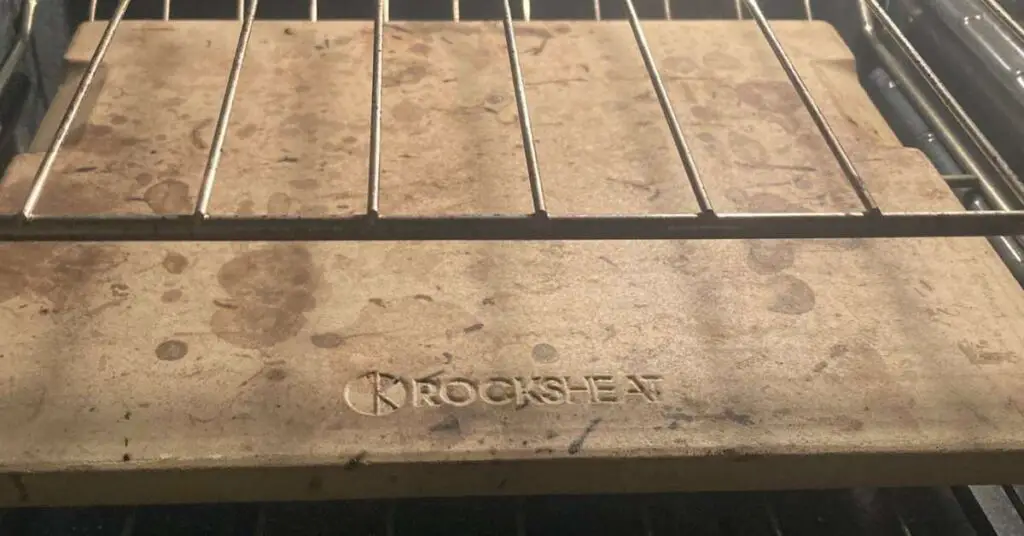
Steel vs Stone: Pros and Cons
Pizza Steel Pros:
- Solid, flat surface
- Excellent heat conductivity
- Better finish to crust vs pizza stone
- Improved oven spring
- Easy to maintain
- Can potentially last a lifetime (with maintenance)
Pizza Steel Cons:
- Relatively expensive
- Very heavy
- Takes a bit longer than pizza stone to reach its maximum temperature
Pizza Stone Pros:
- Very Cheap
- Easy to find locally or online
- Big improvement over pizza pan
- Surface gets very hot
- Relatively light
Pizza Stone Cons:
- Loses heat quickly compared to steel
- Browns crust slower than steel
- Prone to cracking
- Harder to maintain than steel
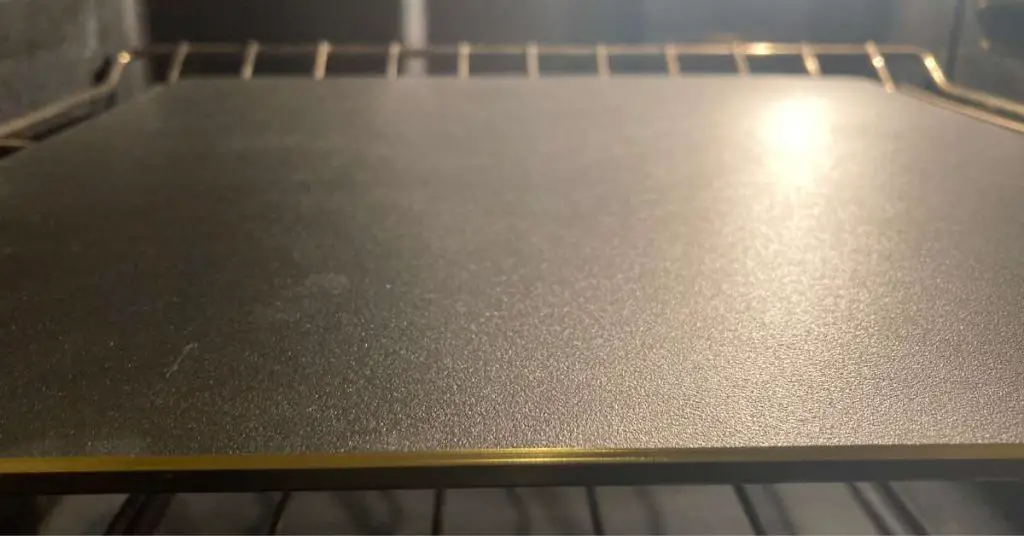
Stone vs Steel: Case Study
To make the differences between a pizza steel and a pizza stone clearer, I’ve conducted this small experiment. I preheated my preferred pizza steel and pizza stone in the same oven at the same temperature (500F).
When both the steel and the stone stopped getting hotter (according to my infrared thermometer), I slid a raw pizza dough onto each. I let each pizza cook for the same amount of time (roughly 7-8 minutes) and noted the difference in the color of the crust.
Results
Pizza Steel surface temperature: 520F (270C) (90 minutes)
Pizza Stone surface temperature: 545F (285C) (90 minutes)
Pizza Steel crust:
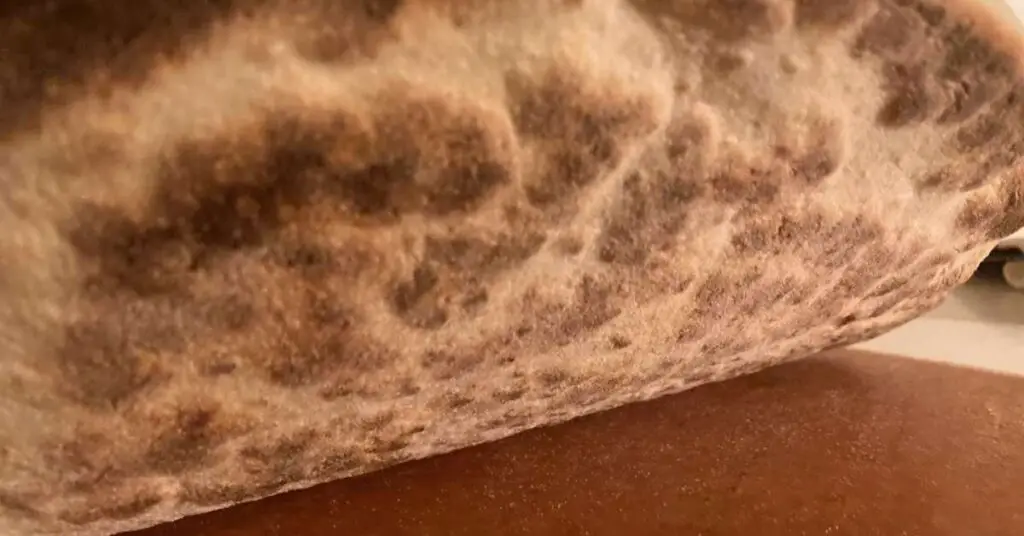
Pizza Stone crust:
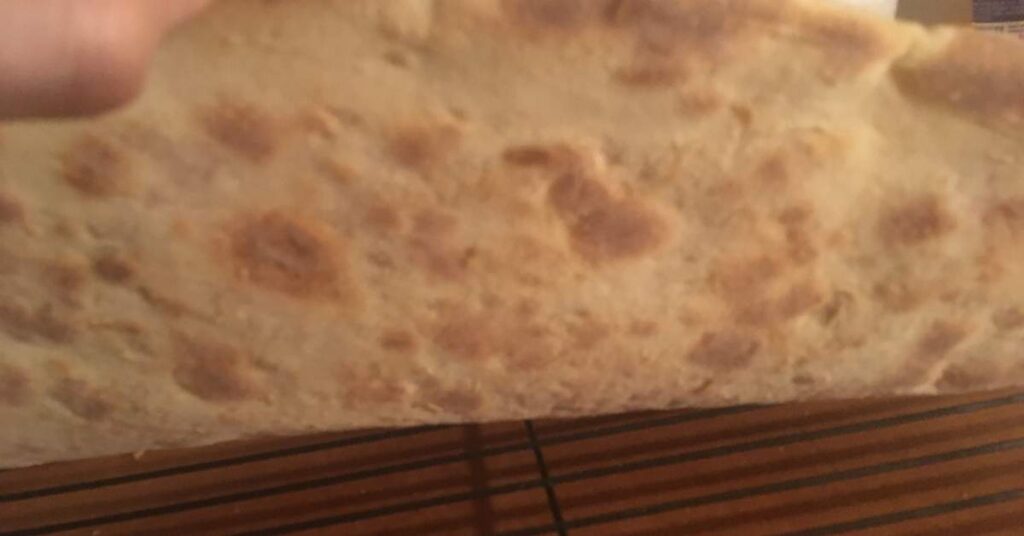
Conclusions
The underside of the pizza cooked on the pizza steel was noticeably more well done, despite the pizza stone having an initially higher surface temperature. The pizza cooked on the pizza steel had a fluffier texture, airier interior, and a crispier crust as well.
In terms of taste, the pizza steel pizza is the clear winner.
Why A Pizza Steel Makes Better Pizza
You may be wondering how the pizza steel, with a lower surface temperature than the pizza stone, produced a better pizza in terms of looks and taste. I was confused at first as well, but it actually makes a lot of sense.
Steel and “stone” (ceramic or cordierite) conduct heat in very different ways—a pizza stone is porous while a pizza steel is incredibly dense. When a pizza stone heats up, part of the temperature reading from an infrared thermometer is picking up the temperature of hot air trapped within the stone. By contrast, a temperature reading from the surface of a pizza steel is only measuring the temperature of the steel as there is no hot air trapped within it.
This difference affects the way pizza cooks in multiple ways. First, when a pizza is placed on a hot pizza stone, some or all of the hot air trapped underneath dissipates, causing the surface of the stone to immediately drop in temperature. A pizza steel, on the other hand, is able to maintain its temperature after coming in contact with a cold pizza because of its density and lack of air pockets.
In other words, a pizza steel is able to stay hotter longer in a way that’s similar to a professional pizza oven. A pizza stone is still a great, inexpensive way to make pizza at home, but its limitations become clear when compared to steel.
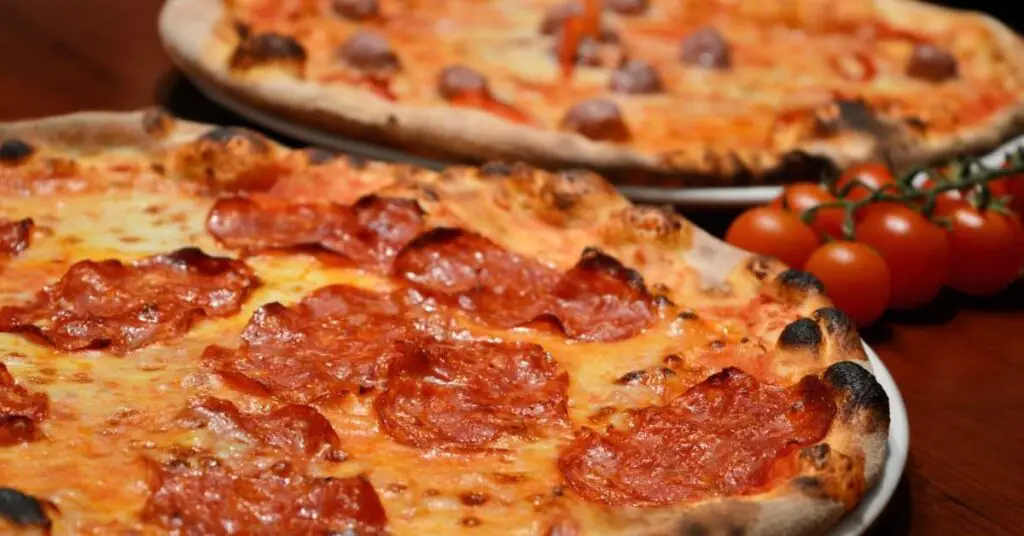
What Pizza Steel Do I Recommend?
My research shows that the cost of pizza steels across brands is relatively consistent, so I recommend buying a pizza steel that fits your oven from a company you trust rather than focusing on price.
In my experience, Baking Steel brand pizza steels are well made, well seasoned, and come in a range of different sizes for different ovens. I also appreciate that Baking Steel offers free shipping (USA only) and has distribution centers in the US, Canada, and Europe for fast delivery almost anywhere in the world.

The particular pizza steel model I use personally (as well as for this experiment) is the Baking Steel Original priced at $119. This pizza steel is massive at 16×14 inches, despite being one of the smaller models Baking Steel carries. I think for most people with average sized ovens, this steel will be more than big enough.
If you have a larger oven, consider the larger Baking Steel Plus or Baking Steel Pro.
2023 Update: I recently tried and reviewed the Ooni Pizza Steel 13 priced at $99, and I’m really pleased with it. If you’re interested to learn more about my thoughts, you can find my Ooni Pizza Steel 13 review here.
You can check out the rest of the Baking Steel line of steel baking products here.
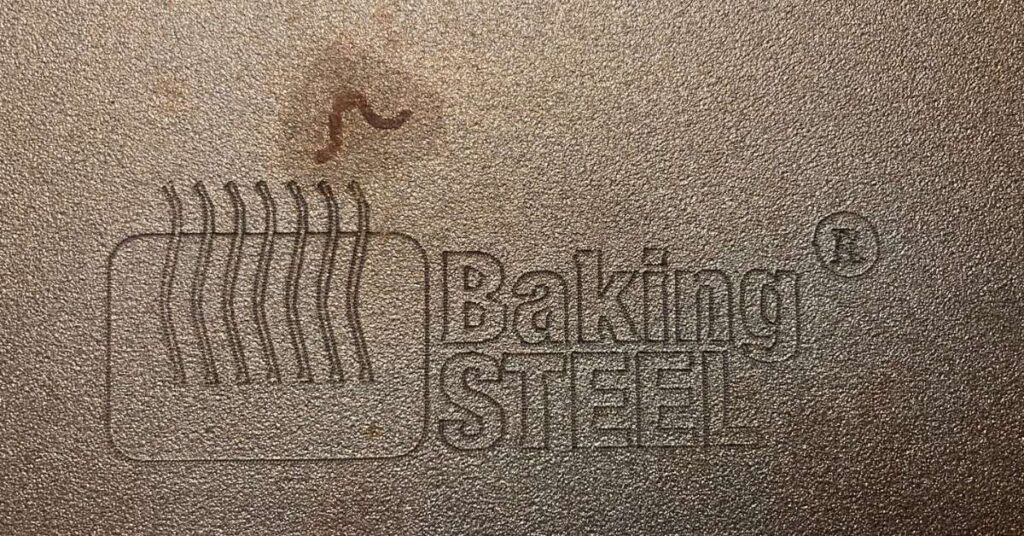
Pizza Stones Are Still A Great Option
If a pizza steel is out of your price range, don’t hesitate to go for a pizza stone instead. While not as efficient as a pizza steel, you can still make an amazing pizza using a pizza stone for a fraction of the price.
The pizza stone I recommend is the rectangular 15×13 inch Rocksheats which you can find on Amazon for only around $30. This stone is lightweight, cheap and great for beginners. It’s certainly a massive step up from a pizza pan or parchment paper.
Other Content:
- Do You Need To Preheat A Pizza Stone?
- Pizza Pan vs Pizza Stone – Which Should You Buy?
- When To Put Your Pizza Stone In The Oven
- Which Ooni Accessories You Need To Get Started
- How To Transfer Pizza Dough To Pizza Stone Without Sticking
Related Questions:
Is A Pizza Steel Worth It?
A pizza steel is absolutely worth it, despite costing more than a pizza stone. Pizza steels work better, are easier to maintain and last longer than pizza stones. With a pizza steel, it’s very easy to make light, fluffy pizza crusts with crispy bottoms in a regular home oven.
Can A Pizza Steel Crack?
Unlike a porous pizza stone, which is prone to cracking under high heat, a pizza steel will never crack or break. Pizza steels are made from solid slabs of steel and are nearly indestructible, although they can rust if not maintained properly.
What’s Better A Pizza Stone Or Pizza Steel?
A pizza stone will make an excellent pizza, but a pizza steel is superior. Pizza steels maintain a high temperature more efficiently than pizza stones and are better at producing a crispy, delicious pizza crust.
Can You Use Parchment Paper On A Pizza Steel?
Parchment paper can be used on a pizza steel in situations where a peel is not available. However, be aware that most parchment paper will not be able to withstand the temperatures of a pizza steel without burning or disintegrating. For this reason, I recommend pulling out out the parchment paper as soon as the pizza dough has solidified, which should happen within the first minute or less.

